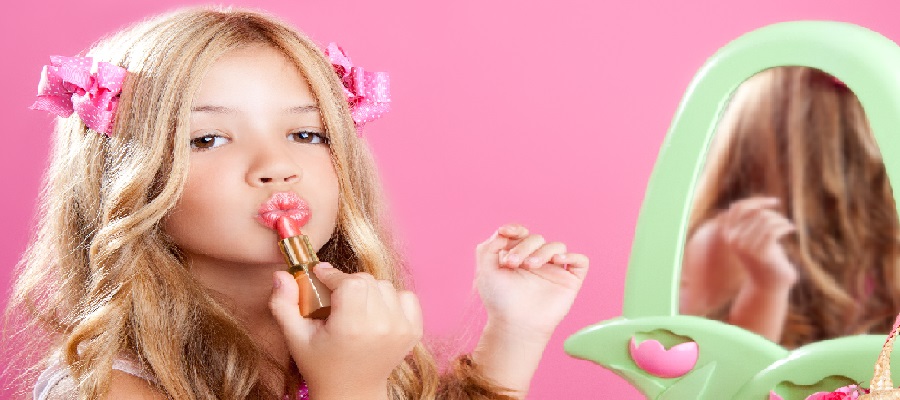Some time ago I came across a campaign focusing on helping girls increase their self-confidence. A number of boys and girls of various ages were asked to run, throw and fight like a girl. All of them came up with some silly and clumsy1 movements. Then they were asked if they thought that was fair. After a moment of thinking about it, they admitted it was a bit off ensive2. The girls then showed how fit and physically strong they really could be. Well, whether we realise it or not, we somehow expect boys and girls to follow some stereotypes. Or do we? Here are some common beliefs about what girls and boys are like.
Girls
Little girls are cute and gentle. They love beautiful clothes and bright colours, especially pink and purple. They prefer role-playing; they love pretending to be fairies and princesses. Girls play with dolls, Barbies and fluffy plush3 animals. They like helping mums running a household. Girls take dance, ballet, music or art classes.
When they grow up, they are interested in fashion and make-up. They are secretly in love with a famous pop star or an actor. Girls read magazines and books for girls, about friendship, love and animals. They meet in shopping malls and love shopping. They are crazy and giggly4. They hate math and science. They avoid sports because they are clumsy.
Boys
Little boys are noisy and mischievous5. They don’t care what they wear. They get dirty, and scruff y6 and smelly, and they don’t mind. They hate washing and cleaning. They love physical activities and sports. Boys are crazy about cars and vehicles in general. They play with cars, toy trains, robots and construction toys. They admire their dad or other male members of the family or friends and they like helping them. When they grow up, they are rude and tough7. They never cry or show emotions. Big boys are interested in getting fit and strong. They try to impress girls. They meet in bars and pretend they are grownups. They are lazy and don’t care about school or education. Those who do not fit become an easy target8 of bullying or other unwanted attention. It is very difficult for a young person to be himself or herself. Maybe it’s time to look around and be more tolerant and encouraging.
Stop to think:
- Do you agree with what you have read? Explain.
- Are you a typical boy/girl?
- Work in pairs and discuss the following:
a) What should a young person do if he/she is outside the mainstream?
b) Should an atypical young person be helped? If yes, how?
c) Can you explain the origin of gender stereotypes (culture, up-bringing, religion, etc.)?
Miroslava Dubanová
Vocabulary:
1 ťarbavý – nemotorný; 2 uražlivý, 3 plyšový; 4 chichotavé – hihňavé; 5 nezbedný; 6 zanedbalý, ošuntelý; 7 tvrdý – neurvalý, 8 cieľ – cíl

